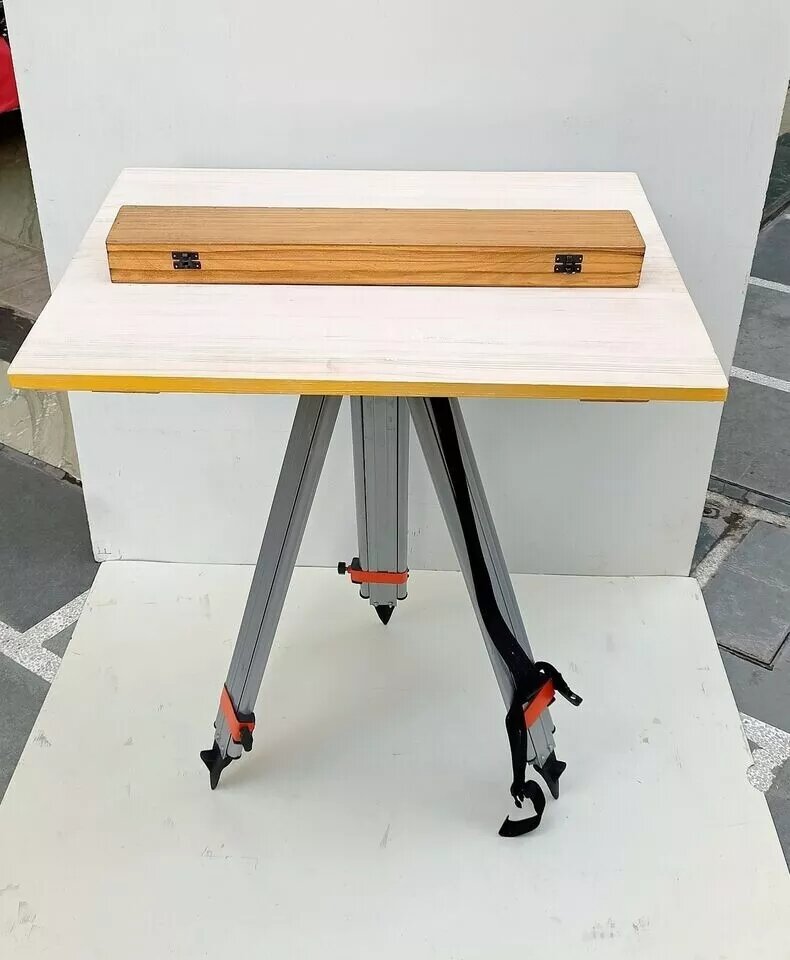Table of Contents
Toggle- Rise and Fall Method
- Height of Collimation Method
In this context, we will focus on the Rise and Fall Method.
Rise and Fall Method
The Rise and Fall Method is commonly used for determining the difference in levels between consecutive points with a high degree of accuracy. In this method, the difference between the Back Sight (B.S.) and the Fore Sight (F.S.) readings at each station is analyzed:
- If the B.S. is greater than the F.S., it indicates a rise in elevation.
- If the B.S. is less than the F.S., it represents a fall.
It requires a comparison of readings at each station to calculate whether the elevation is increasing or decreasing. Once these rises and falls are established, the Reduced Level (R.L.) for each point is determined by adjusting the R.L. of the previous point. If the R.L. of the starting point is known, the R.L.s of subsequent points are found by adding the rise or subtracting the fall.
The Rise and Fall Method is particularly suited for projects where precision is critical, such as determining the exact level differences between two points. It is often used in situations that require a complete check on intermediate stations, ensuring that any errors are detected during the process. This is because the intermediate sight readings are included in the calculation of rises and falls, offering a full arithmetic verification.
Key Features of the Rise and Fall Method:
1. Precision and Detail
The Rise and Fall Method is known for its high degree of accuracy. By comparing readings at each station, it ensures that elevation differences are correctly identified. This method is preferred when precise leveling is essential, especially for long-term projects where benchmarks need to be established.
2. Step-by-Step Process
The key steps involved in the Rise and Fall Method include:
- Initial Setup: The process begins by taking a Back Sight (B.S.) reading on a known benchmark (B.M.) or Reduced Level (R.L.). The B.S. is the first reading taken at each instrument station.
- Rise and Fall Calculation: At every subsequent station, compare the B.S. with the Fore Sight (F.S.) to determine whether there is a rise or a fall in elevation. If B.S. > F.S., there is a rise; if B.S. < F.S., there is a fall.
- Reduced Level Calculation: After determining the rise or fall, adjust the R.L. from the previous station to calculate the R.L. at the new station.
- Change Points (C.P.): When moving the instrument to a new position, take a F.S. at the old station and a B.S. at the new station, continuing the process of comparing readings to establish rises and falls.
- Final Reduced Level: The R.L. of the last station is found by adjusting the initial R.L. based on the cumulative rises and falls.
3. Arithmetic Checks
The Rise and Fall Method includes comprehensive arithmetic checks to ensure accuracy:
- Sum of Back Sights (ΣB.S.) − Sum of Fore Sights (ΣF.S.) = Σ Rise − Σ Fall = Last R.L. − First R.L.
- These checks ensure that any errors in intermediate readings are detected and corrected, making this method reliable for tasks requiring precision.
4. Reduced Calculation Effort
While the method requires more calculations than the Height of Collimation Method, the accuracy gained is crucial for high-precision work. The use of arithmetic checks at every stage helps minimize errors, which is particularly important in projects involving detailed elevation differences.
Rise and fall method of reduction of level
The following example demonstrates how to record staff readings and compute the Reduced Levels (R.L.s) of stations using the rise and fall method in a level book.
| Stn. | B.S. | I.S. | F.S. | Rise | Fall | R.L. | Remarks |
|---|---|---|---|---|---|---|---|
| 1 | 0.585 | 100.000 | B.M. | ||||
| 2 | 1.855 | 2.955 | 2.370 | 97.630 | C.P. | ||
| 3 | 1.265 | 0.590 | 98.220 | ||||
| 4 | 2.925 | 1.660 | 96.560 | ||||
| 5 | 2.350 | 0.350 | 2.575 | 99.135 | C.P. | ||
| 6 | 2.855 | 0.505 | 98.630 | ||||
| 7 | 2.685 | 1.655 | 1.200 | 99.830 | C.P. | ||
| 8 | 2.435 | 0.250 | 100.080 | B.M. | |||
| Totals | 7.475 | 7.395 | 4.615 | 4.535 |
Arithmetic checks: The difference between the sum of the back sights and the sum of the fore sights should equal the difference between the sum of the rises and the sum of the falls. This should also be equal to the difference between the R.L. of the last and first points, i.e.:
Σ B.S. − Σ F.S. = Σ Rise − Σ Fall = Last R.L. − First R.L.
i.e. 7.475 − 7.395 = 4.615 − 4.535 = 100.080 − 100.000 = 0.080
The complete check on intermediate sights and multiple arithmetic verifications makes the Rise and Fall Method an essential technique for tasks requiring precision and accuracy in level reduction.
Best Use Cases for the Rise and Fall Method
The Rise and Fall Method is ideal for situations that require precise measurement of level differences, particularly where intermediate checks are necessary. It is commonly used in:
- Fly Leveling: Establishing levels over long distances for construction projects or road alignments.
- Setting Benchmarks: Creating precise benchmarks for future reference in construction or land surveying.
- High-Precision Surveying: When the accuracy of intermediate points is critical, such as in hilly or uneven terrain.
Limitations of the Rise and Fall Method
Despite its precision, the Rise and Fall Method has some limitations:
- Time-Consuming: The method involves more calculations and checks, making it slower than the Height of Collimation Method.
- Complexity: The arithmetic checks and detailed comparison process may lead to calculation errors if not carefully executed.
- Not Ideal for Quick Surveys: In cases where speed is more important than precision, such as in large-scale construction surveys, the Height of Collimation Method may be preferable.
Comparison of Rise and Fall Method with Line of Collimation Method
| Basis of Comparison | Height of Collimation Method | Rise and Fall Method |
|---|---|---|
| Efficiency | More efficient, saving time and effort | More time-consuming due to additional comparisons |
| Application | Ideal for construction projects, especially longitudinal and cross-sectional leveling | Preferred for high-precision level difference measurements between specific points |
| Intermediate Station Checks | Lacks verification for intermediate station Reduced Levels (R.Ls.) | Provides comprehensive verification of intermediate station R.Ls. |
| Arithmetical Checks | Limited to two checks, focusing on foresight sums and overall R.L. differences | Offers three robust checks, encompassing backsights, foresights, rises, falls, and overall R.L. differences |
| Error Detection | May overlook errors in intermediate sight readings | Facilitates detection of intermediate sight errors through rise and fall calculations |








